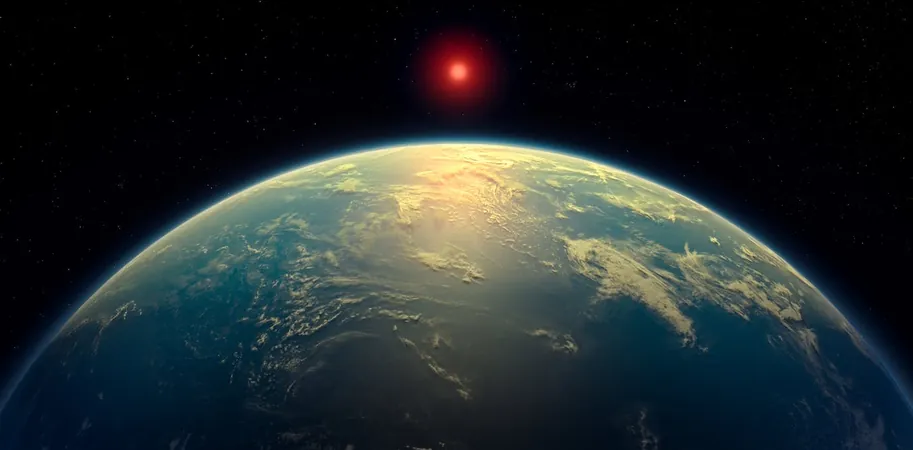
Are We Alone in the Universe? New Evidence Suggests Not, But Don’t Get Your Hopes Up Just Yet!
2025-04-23
Author: Noah
The quest to determine whether we are alone in the universe has taken a thrilling turn, igniting imaginations and scientific debates alike. A groundbreaking study led by astrophysicist Nikku Madhusudhan from the University of Cambridge points to a likely conclusion: we may not be solitary after all.
Exciting Revelations from K2-18b!
This eye-opening research, based on observations from NASA's cutting-edge James Webb Space Telescope, focuses on K2-18b, a distant exoplanet situated 124 light-years away. Scientists have discovered substantial evidence of a chemical called dimethyl sulfide (DMS) in the planet's atmosphere. On Earth, DMS is exclusively produced by living organisms, making it a tantalizing ‘biosignature’ for the existence of life elsewhere.
The Promise and Pitfalls of Astrobiology
While this newfound evidence has captured headlines, history tells us to tread lightly. In the field of astrobiology, similar discoveries often led to dead ends. The challenge lies in the very definition of life, a concept that remains contentious among scientists and philosophers alike.
How the James Webb Space Telescope Works
Unlike its predecessor, the Hubble Space Telescope, which orbits Earth, NASA's James Webb Space Telescope circles the Sun, offering an enhanced view of distant cosmic objects. By observing transits of exoplanets as they pass in front of their stars, astronomers can analyze the light that comes through and determine the chemical make-up of their atmospheres. This technique revealed only a 0.3% chance that the readings were coincidental, lending credence to the detection of DMS.
Life in a Hycean World?
K2-18b is classified as a 'Hycean' world—a mix of 'hydrogen' and 'ocean'—suggesting a hydrogen-rich atmosphere and potentially vast oceans of liquid water. Such conditions could be ripe for microbial life, but the excitement is tempered by skepticism from experts. Planetary scientist Christopher Glein noted that no smoking gun has yet been found.
A Troubled History of Astrobiological Discoveries
Astrobiology has a rocky history rife with both high hopes and disappointments. The famed Miller-Urey experiment of the 1950s, while pioneering, failed to illustrate how life actually evolved, yet laid a framework for understanding alien chemistry. Similarly, early Mars explorations by Viking landers suggested microbial activity but were met with controversies and alternative explanations.
In 1996, a Martian meteorite ignited excitement when it appeared to show signs of past life. However, subsequent analysis revealed explanations that didn’t involve biology. The 2020 claims of phosphine gas on Venus, also touted as a biosignature, have faced skepticism and controversy that hark back to past failures.
The Complexity of 'Life'
These experiences highlight the ongoing struggle to differentiate between life and non-life and the limitations of using Earth-based biosignatures as indicators of extraterrestrial presence. Carol Cleland, an influential philosopher of science, cautioned against the assumption that alien life will resemble our own.
Rethinking the Definition of Life
Given our limited understanding of life's genesis, envisioning lifeforms on distant planets is a daunting task. Life might operate on entirely different principles and materials than what we know on Earth. Some philosophers propose that life should be defined not just by its chemical makeup but by its organizational structure and self-sustainability.
Exciting as K2-18b may be, our expectations regarding biosignatures like DMS could be misleading. Novel forms of life existing in unfamiliar environments could remain undetected if we rely solely on familiar biochemical markers.
A Promising Yet Cautionary Tale
K2-18b could be a groundbreaking candidate in the search for extraterrestrial life. However, as we celebrate discoveries, it is crucial to acknowledge the deeper, unresolved theories in astrobiology. Scientists and philosophers must collaborate to expand our understanding of what life might look like in the cosmos, ensuring we don’t overlook the marvels that await us in the great beyond.



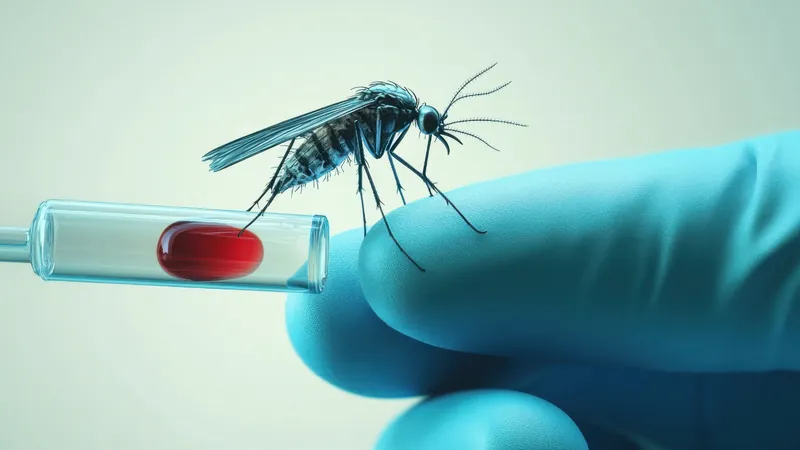
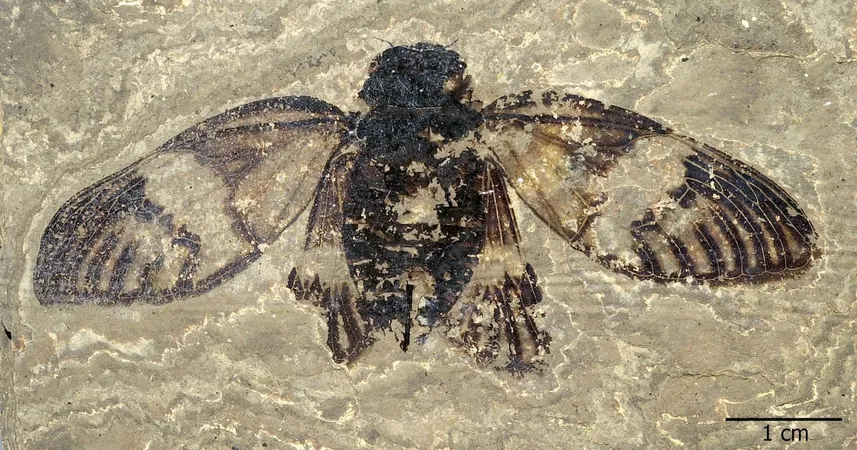


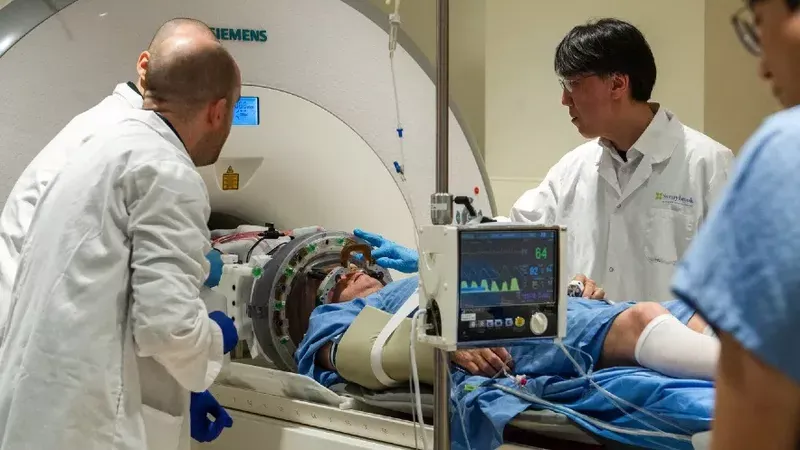
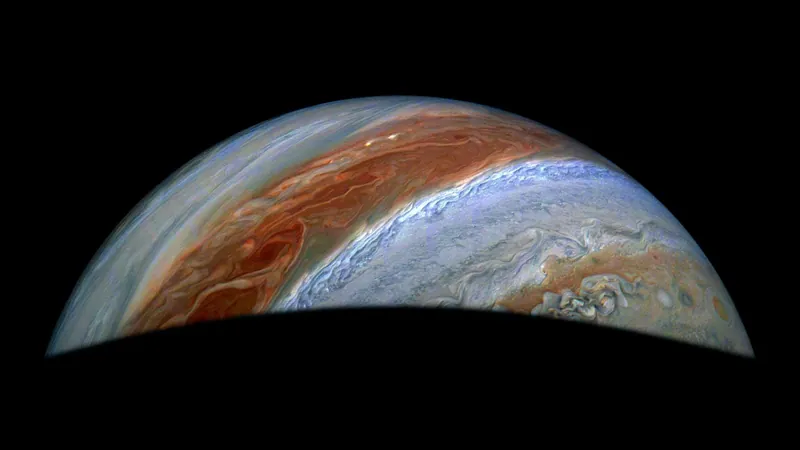
 Brasil (PT)
Brasil (PT)
 Canada (EN)
Canada (EN)
 Chile (ES)
Chile (ES)
 Česko (CS)
Česko (CS)
 대한민국 (KO)
대한민국 (KO)
 España (ES)
España (ES)
 France (FR)
France (FR)
 Hong Kong (EN)
Hong Kong (EN)
 Italia (IT)
Italia (IT)
 日本 (JA)
日本 (JA)
 Magyarország (HU)
Magyarország (HU)
 Norge (NO)
Norge (NO)
 Polska (PL)
Polska (PL)
 Schweiz (DE)
Schweiz (DE)
 Singapore (EN)
Singapore (EN)
 Sverige (SV)
Sverige (SV)
 Suomi (FI)
Suomi (FI)
 Türkiye (TR)
Türkiye (TR)
 الإمارات العربية المتحدة (AR)
الإمارات العربية المتحدة (AR)